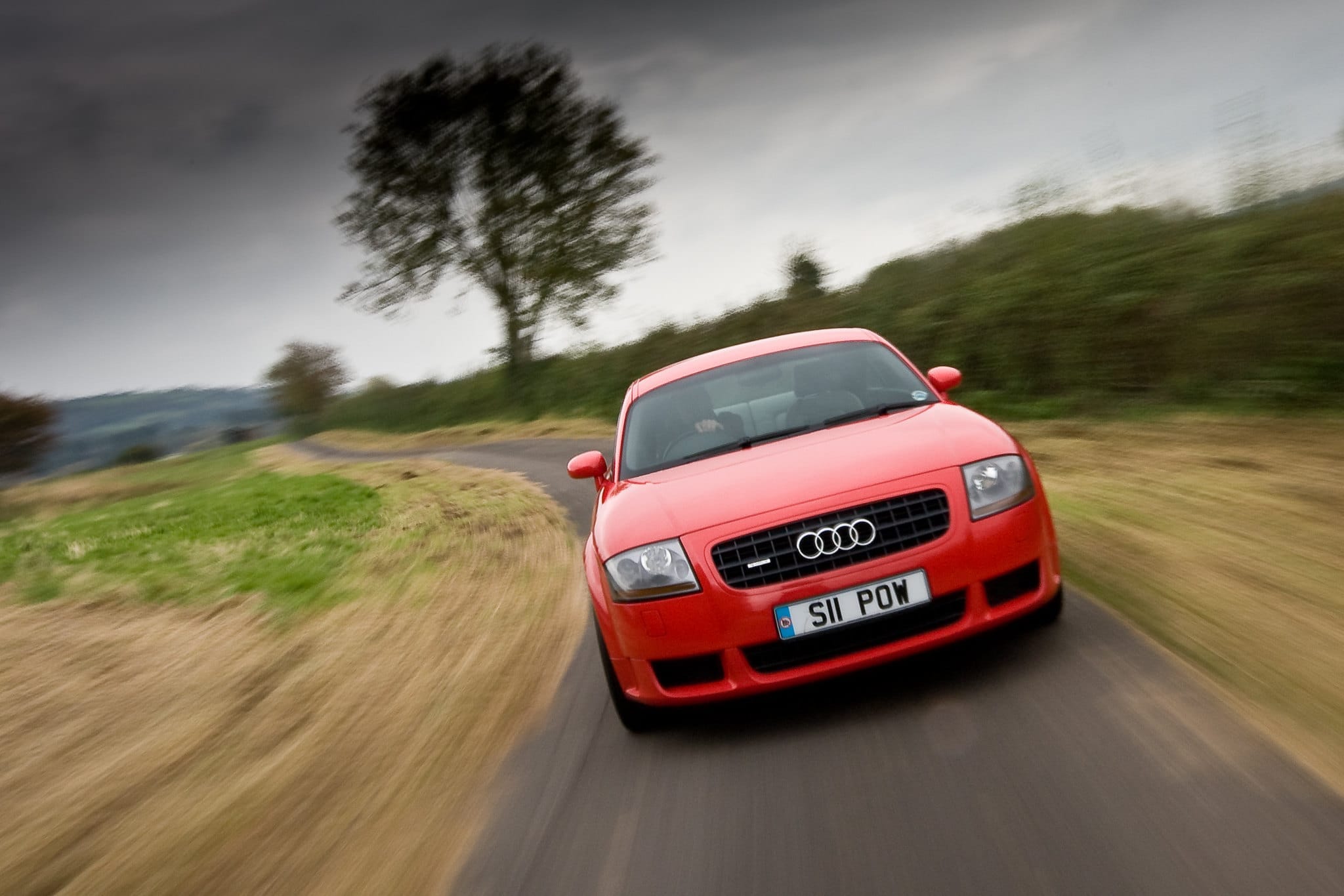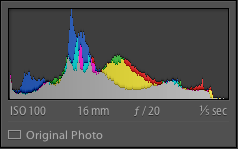
You have got to be kidding me?
Someone showed me a link this week to a program called Piccure designed to remove camera shake and motion blur from photographs. If this was an iPhone app, aimed at cleaning up those shaky images shot in nightclubs it’d be brilliant. Phone cameras just can’t deal with low light situations. But it’s not. This is a plug in for Photoshop Elements and Lightroom. It’s marketed at people with enough interest in photography to have bought an image editing package.
I quote from the website:
“Correct camera shake in a matter of seconds – save time, money and frustration.”
Seriously? I think this is just encouraging people to not learn the basics, to just spend more money on a plugin that will attempt to fix it after the fact in Photoshop. If you really want to “save time, money and frustration” just get to know your camera and learn the exposure triangle.
Dig a little deeper on the site and you get to this:
“For example, if you shoot a subject that is far away with a tele lens and you select a long exposure (e.g. 1/50), your image may be blurry because your camera has moved a little during the 1/50 seconds.”
It’s blurry because hand holding a long lens steady at 1/50th isn’t possible, even if you’re Joe McNally, but you do not need to buy Photoshop plugins. You can fix this easily by opening your aperture and/or upping your ISO.
This is clever technology but you really don’t need to spend £80 on it. Instead invest a little time in learning. There are plenty of free resources online, in fact you can even find a few tips on getting sharper shots right here.
So please, save your money and educate yourself instead with a few ebooks from Craft & Vision instead.





Recent Comments